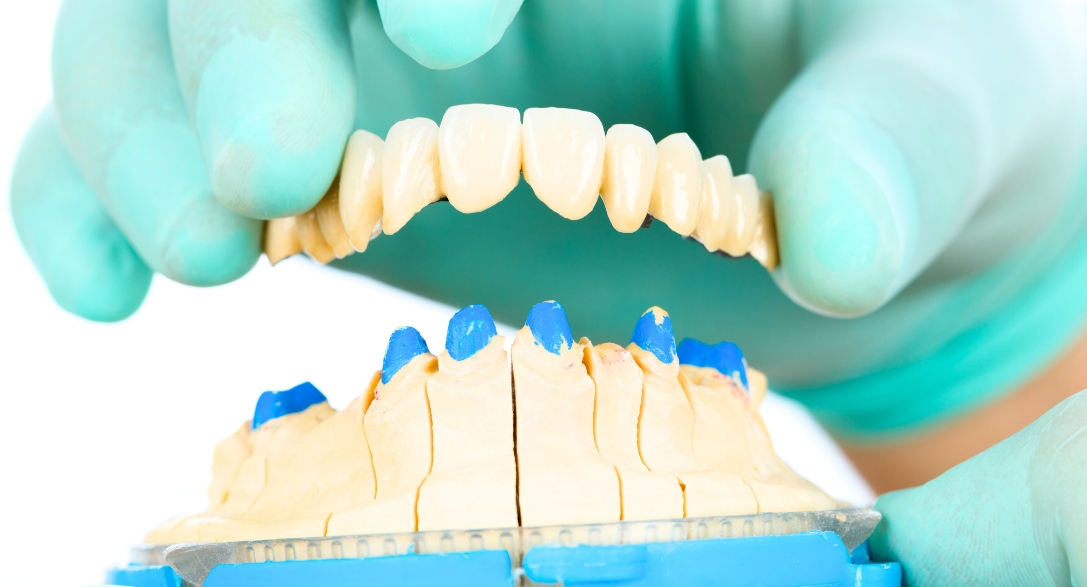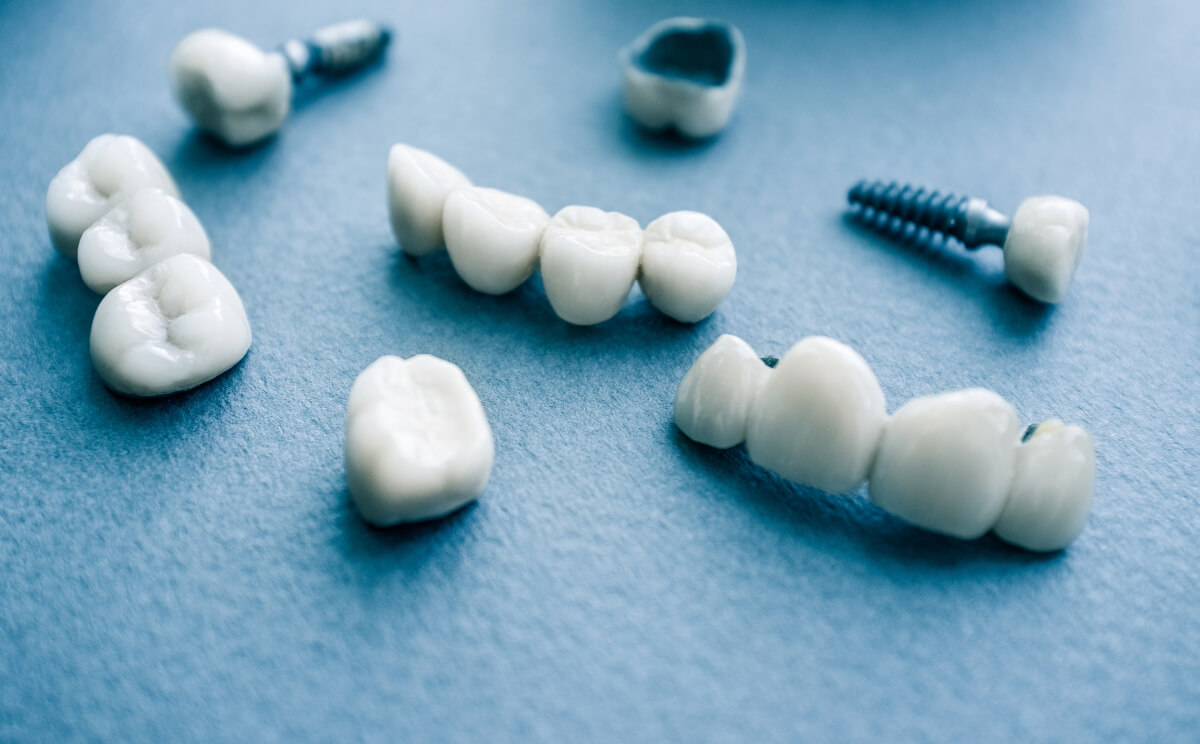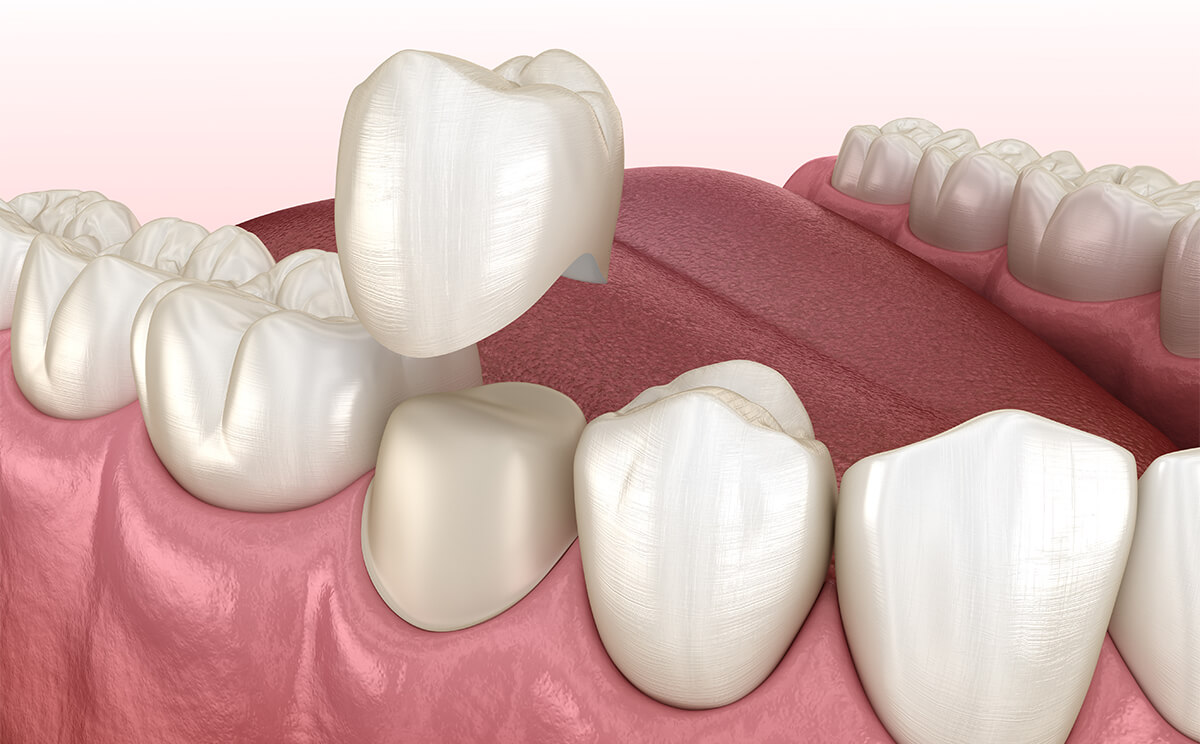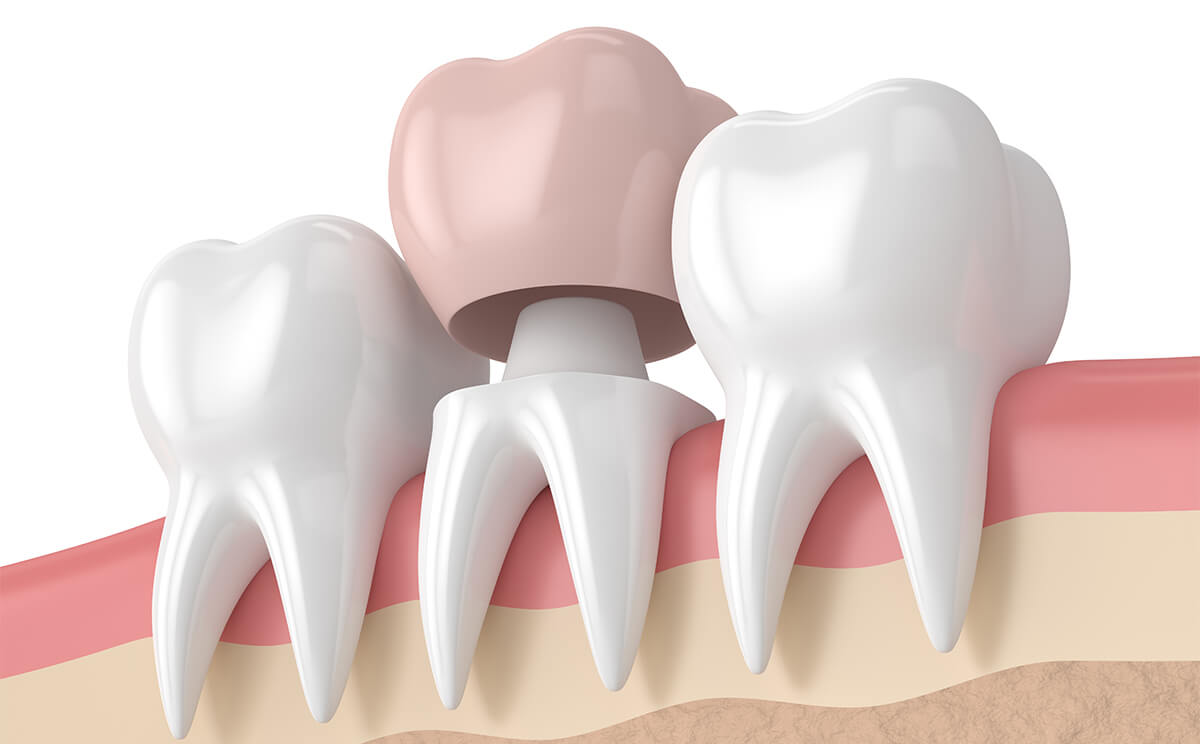Pay Online
What to Expect During a Dental Bridge Procedure: A Step-by-Step Guide

Is your smile being affected because of missing teeth? This can eventually start hampering your oral functions, too. You might have a difficult time chewing, speaking, and smiling with ease. A dental bridge can fill the gaps left by your missing teeth, enhancing both aesthetics and functionality.
Read this blog to get a step-by-step guide on this dental procedure. This can help you put your faith in the dentist.
What Exactly Is A Dental Bridge?
A dental bridge is basically a fixed prosthetic device that can replace one or more of your missing teeth. It consists of artificial teeth that are anchored by crowns placed on adjacent teeth or dental implants.
Here are the different types of bridges:
- Traditional ones are the most common type and require crowns on your natural tooth next to the missing tooth.
- You might need cantilever bridges when you have only one adjacent tooth left to support your prosthetic device.
- The Maryland type is bonded to the back of your adjacent teeth with porcelain or metal wings instead of crowns.
- Implant-supported ones are secured in place with dental implants rather than your natural teeth for enhanced stability.
How Can You Prepare For The Dental Bridge Procedure?
The journey to your new dental bridge starts with an initial consultation. Here is what you can expect from this stage.
- First, the dentist will assess your oral health to discuss your concerns, and diagnostic tools will be used to determine your eligibility for the treatment.
- After reviewing your results, they will explain the available options and recommend the best course of action. Factors like your oral health, alignment, etc, do matter.
- You must maintain good oral hygiene before the procedure. In some cases, they might recommend a professional cleaning.
The Step-By-Step Breakdown of Dental Bridge Procedure
Here are the steps that you might have to undergo while getting this prosthetic device for your missing teeth:
Step 1: Tooth Preparation
The dentist will shape your adjacent teeth, also called the abutment teeth, to accommodate the crowns that will hold your bridge in place. A small portion of your enamel will also be removed by the professional for a secure and natural fit.
Step 2: Taking Impression and Temporary Bridge
After teeth preparation, the dentist will take impressions or digital scans of your teeth to create your custom-fitted prosthetic teeth. In the meantime, the dental professional will place a temporary crown to protect the prepared teeth.
Step 3: Getting Your Permanent Prosthetic Teeth
Your dental impressions are sent to the dental lab, where technicians craft a bridge to match your natural teeth in shape, color, and size. The process typically takes 1-2 weeks. Depending on various contributing factors, bridges can last 4-7 years.
Step 4: Fitting and Placement
Finally, the dentist will remove your temporary protective device and place the permanent one to check fit and bite alignment. They will make all the necessary adjustments before cementing it in place.
A dental bridge is an effective solution for replacing your missing teeth, restoring both function and aesthetics. By understanding the process, you can feel confident in your decision and pursue the treatment. A dentist can assist you in taking the right actions.
Are you considering getting dental bridges? Contact us for a consultation today!




